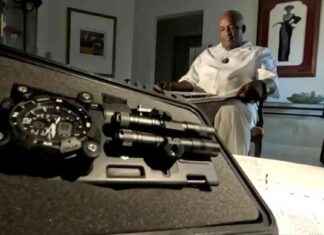The recent article published by The New York Times’ The Athletic sheds light on the politicization of Hungarian football under the Fidesz government, particularly focusing on Prime Minister Viktor Orbán’s involvement in using football as a political tool. The article highlights Orbán’s nationalistic projections and his efforts to position Hungary as a strong contender in European football.
Under Orbán’s leadership, Hungarian football has received significant financial support, with an estimated $2.8 billion of public funds allocated to building and renovating stadiums and training facilities. This massive investment has been viewed as a way to showcase Hungary’s success under the Fidesz government and to secure political gains both domestically and internationally. The success of Hungarian football is seen as a reflection of the country’s overall prosperity.
Orbán’s close ties to Hungarian football go beyond financial connections. Key figures in Hungarian football, such as Gabor Kubatov and Sandor Csanyi, have strong affiliations with the Fidesz party, further intertwining politics and sports in the country. Additionally, nationalist ultras groups like the Carpathian Brigade have emerged as supporters of Orbán, despite their involvement in violent and discriminatory behavior.
The article also addresses the controversial actions of Hungarian football fans, including instances of racism and homophobia during matches. Despite these incidents, there has been a lack of government condemnation, with officials like Péter Szijjártó defending the fans’ actions. This has led to criticism that the government has actually “weaponized” these fans to support Orbán’s political agenda.
Overall, the article paints a complex picture of the intersection between politics and football in Hungary, showcasing how Orbán has utilized the sport to bolster his image and advance his political goals. The intertwining of football and politics in Hungary raises questions about the true motivations behind the massive investments in the sport and the implications for the country’s international reputation.









